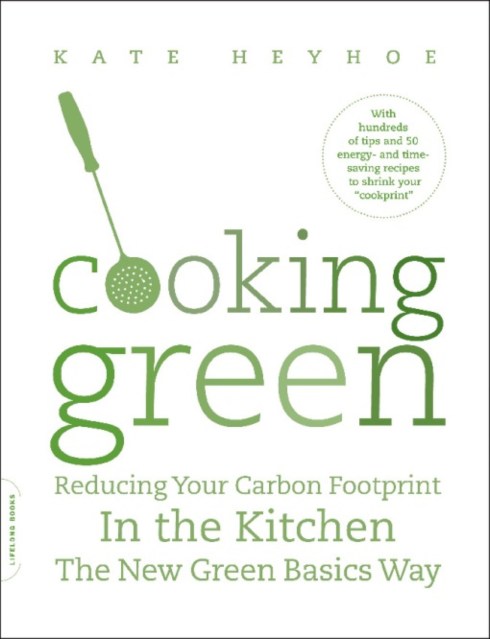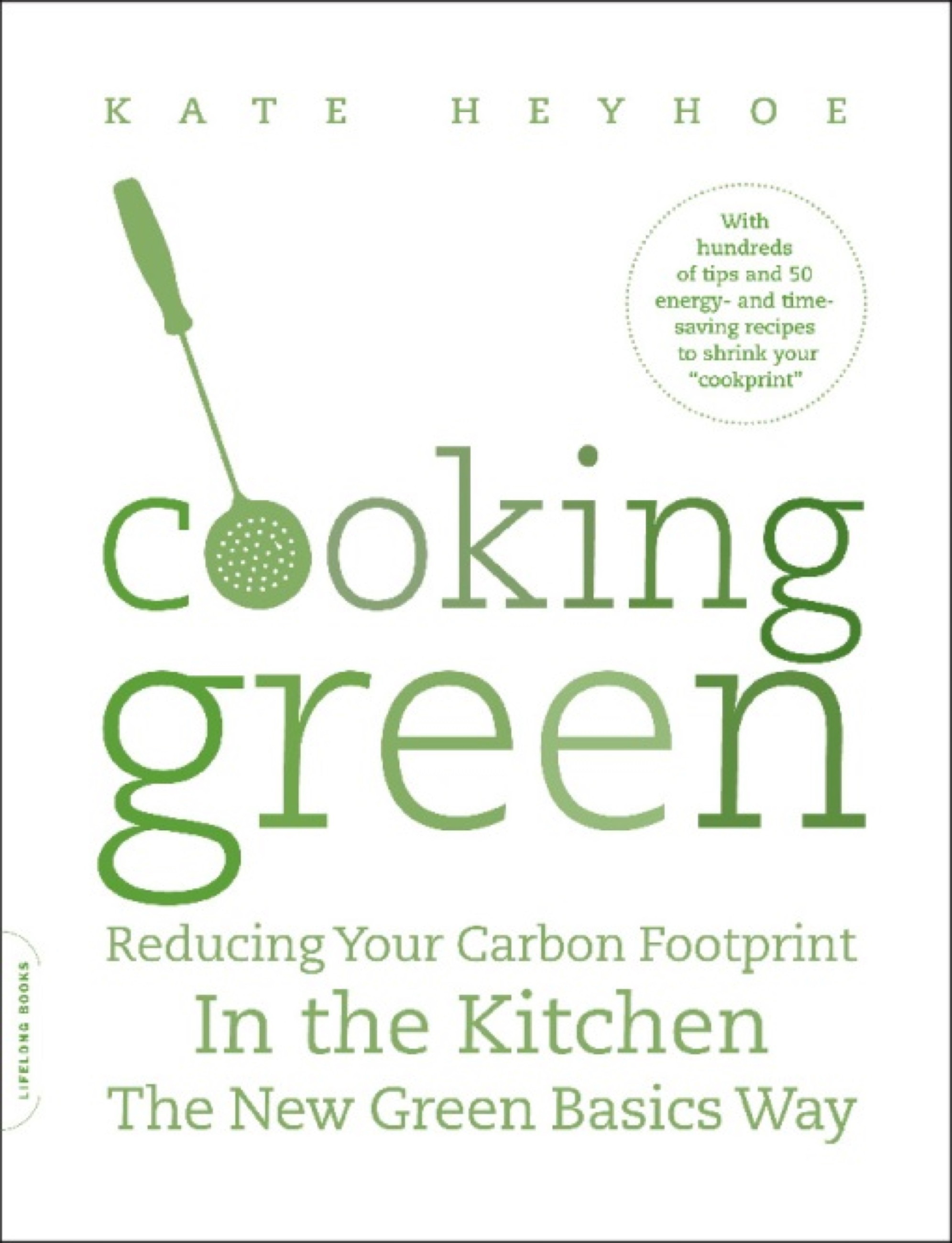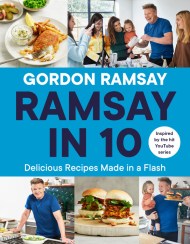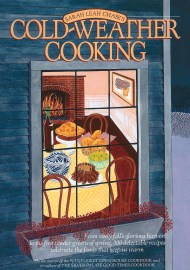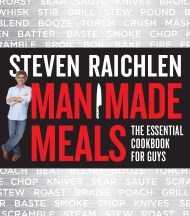Promotion
Use code MOM24 for 20% off site wide + free shipping over $45
Cooking Green
Reducing Your Carbon Footprint in the Kitchen -- the New Green Basics Way
Contributors
By Kate Heyhoe
Formats and Prices
Price
$11.99Price
$15.99 CADFormat
Format:
ebook $11.99 $15.99 CADThis item is a preorder. Your payment method will be charged immediately, and the product is expected to ship on or around March 31, 2009. This date is subject to change due to shipping delays beyond our control.
Also available from:
Choosing local, organic foods benefits your health and the planet's. But how you cook is as important as what you cook: cooking itself is an under-reported yet substantial greenhouse gas creator. Now, Kate Heyhoe shows you how to think like an environmentalist in the kitchen. Without changing your politics or completely disrupting your routine, you can reduce your impact on the planet by rethinking how you cook, shop, and consume food. Using your favorite recipes, you can bake, broil, and grill in greener ways, saving fossil fuels and shrinking your “cookprint.”
Genre:
-
Booklist, 4/15/09
“Fifty recipes…wrap up [Heyhoe’s] go-green dictate, all belying the myth that good for you isn’t great for the taste buds. This is a very careful, well-explained examination of the cookprint we decide to leave.”
- On Sale
- Mar 31, 2009
- Page Count
- 272 pages
- Publisher
- Da Capo Lifelong Books
- ISBN-13
- 9780786745364
Newsletter Signup
By clicking ‘Sign Up,’ I acknowledge that I have read and agree to Hachette Book Group’s Privacy Policy and Terms of Use
